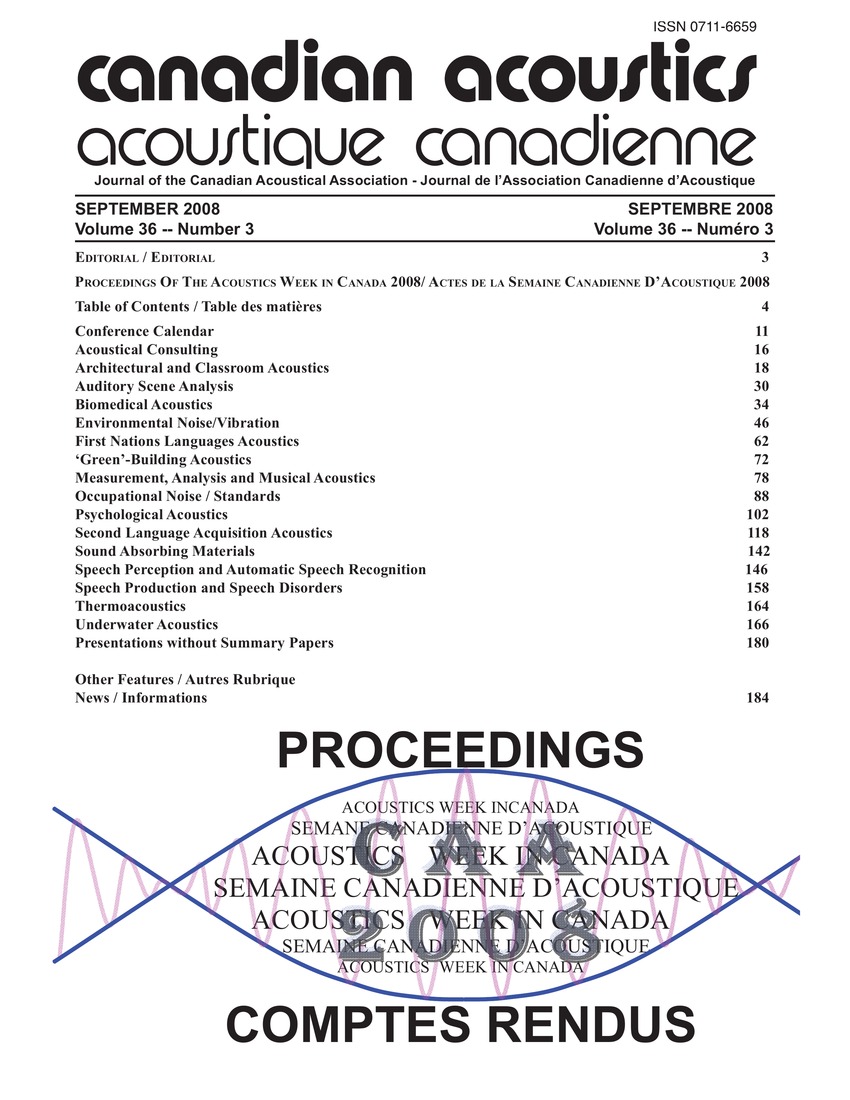Bayesian source tracking and environmental inversion
Keywords:
Acoustics, Bayesian networks, Differential equations, Inverse problems, Random errors, Sedimentation, Signal to noise ratio, Speed, Ultrasonic velocity measurement, Underwater audition, Acoustic datum, Acoustic sources, Attenuation, , Bayesian, Bayesian approaches, Environmental, Gaussian errors, Radial velocities, Seabed geoacoustic, Sediment layers, Sound speeds, Source trackingAbstract
A Bayesian approach to two important and related inverse problems in underwater acoustics is presented. Seabed geoacoustic parameters include the thickness of an upper sediment layer with sound speed, density, and attenuation, overlaying a semi-infinite basement with sound speed, density and attenuation. The track consists of an acoustic source at 30-m depth moving away from the array at a constant radial velocity of 5 m/s. Acoustic data are collected at the array once per 9 minutes, corresponding to to source-receiver ranges of 4.0, 4.3, and 6.4 km. Random complex-Gaussian errors are added to the data to achieve a signal-to-noise (SNR) that varies from -2 to -8 dB.Additional Files
Published
How to Cite
Issue
Section
License
Author Licensing Addendum
This Licensing Addendum ("Addendum") is entered into between the undersigned Author(s) and Canadian Acoustics journal published by the Canadian Acoustical Association (hereinafter referred to as the "Publisher"). The Author(s) and the Publisher agree as follows:
-
Retained Rights: The Author(s) retain(s) the following rights:
- The right to reproduce, distribute, and publicly display the Work on the Author's personal website or the website of the Author's institution.
- The right to use the Work in the Author's teaching activities and presentations.
- The right to include the Work in a compilation for the Author's personal use, not for sale.
-
Grant of License: The Author(s) grant(s) to the Publisher a worldwide exclusive license to publish, reproduce, distribute, and display the Work in Canadian Acoustics and any other formats and media deemed appropriate by the Publisher.
-
Attribution: The Publisher agrees to include proper attribution to the Author(s) in all publications and reproductions of the Work.
-
No Conflict: This Addendum is intended to be in harmony with, and not in conflict with, the terms and conditions of the original agreement entered into between the Author(s) and the Publisher.
-
Copyright Clause: Copyright on articles is held by the Author(s). The corresponding Author has the right to grant on behalf of all Authors and does grant on behalf of all Authors, a worldwide exclusive license to the Publisher and its licensees in perpetuity, in all forms, formats, and media (whether known now or created in the future), including but not limited to the rights to publish, reproduce, distribute, display, store, translate, create adaptations, reprints, include within collections, and create summaries, extracts, and/or abstracts of the Contribution.


